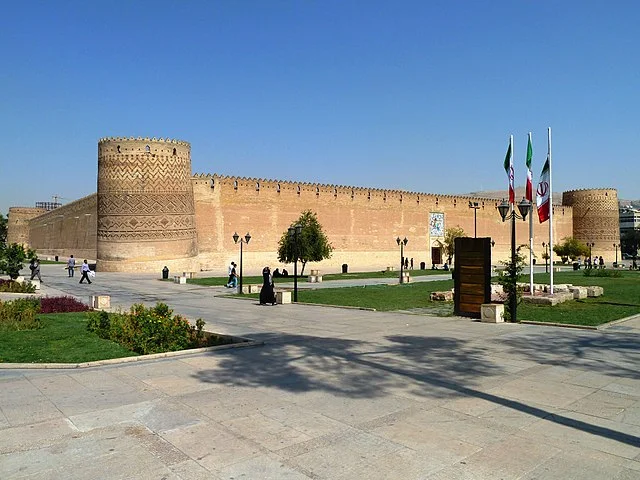The Karim Khan Citadel, also known as Arg-e Karim Khan, stands as a prominent symbol of Shiraz, Iran. Built between 1751 and 1779, it reflects the architectural style of the Zand dynasty. Karim Khan Zand commissioned this citadel to serve as both a military fortress and a royal residence.
Get your dose of History via Email
Historical Context
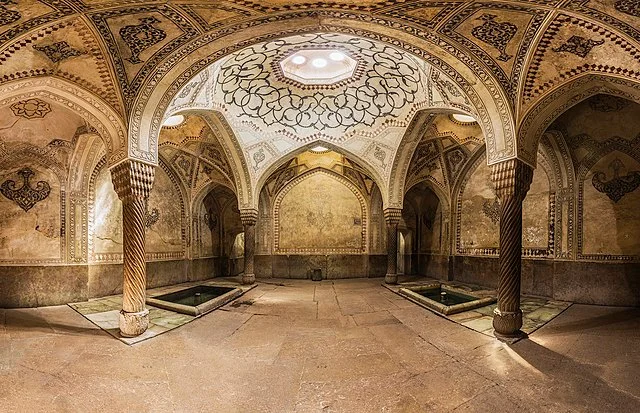
Karim Khan Zand rose to power in the mid-18th century after the fall of the Safavid Empire. He sought to restore stability to Persia following years of turmoil. The citadel was part of his efforts to consolidate power and establish a stronghold in Shiraz. He selected this location due to its strategic importance.
Architectural Features
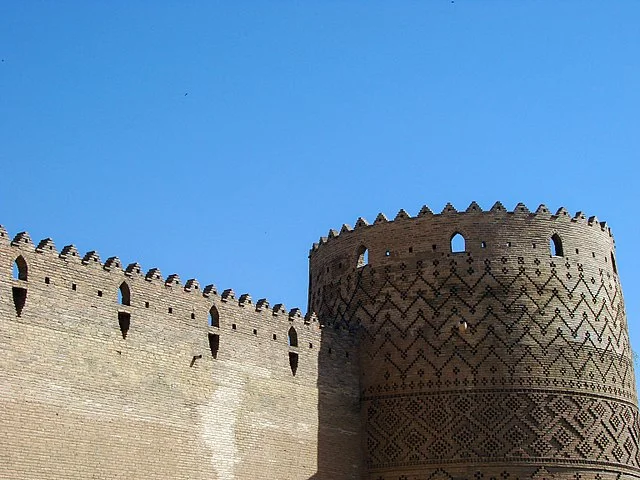
The Karim Khan Citadel covers an area of approximately 11,000 square meters. Its design incorporates both military and residential elements. The structure features high walls, watchtowers, and a central courtyard. The walls reach a height of about 14 meters.
The citadel’s architecture showcases a blend of Persian and Islamic styles. The use of brick and plaster reflects traditional Persian techniques. The four towers are a notable feature, each standing out with decorative tile work and crenellations.
Interior Design
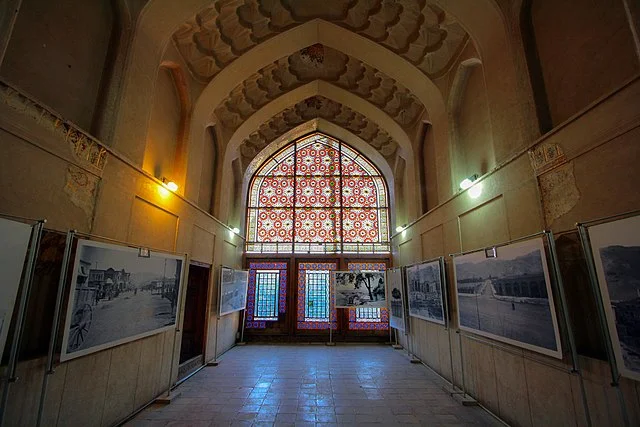
Inside the citadel, you can find a large central courtyard surrounded by several rooms. These rooms served various purposes, including living quarters and administrative offices. The walls are adorned with intricate tile work and murals, demonstrating the artistic skills of the period.
Visitors can also see the gardens that add beauty to the citadel. These gardens are designed in the traditional Persian style, with pathways and water features that enhance the overall aesthetic.
Significance and Preservation
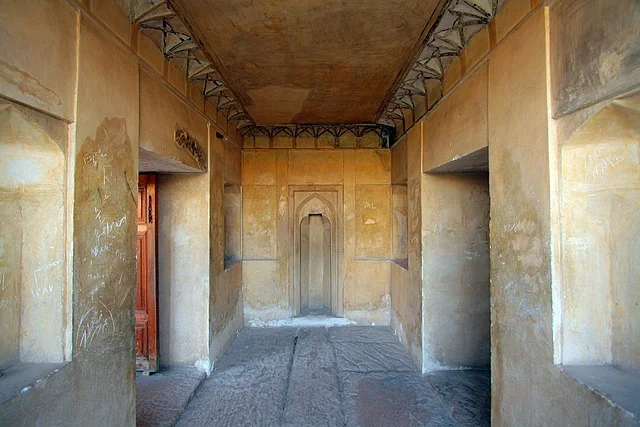
The Karim Khan Citadel is not only a historical landmark but also an essential part of Iranian cultural heritage. It serves as a reminder of the Zand dynasty’s influence in Iran. Over the years, the citadel has undergone several restoration efforts to preserve its structure and historical significance.
Today, it attracts numerous tourists and historians interested in Persian architecture and history. The site has been recognized as an important cultural monument, reflecting the architectural advancements of the 18th century in Iran.
Conclusion
In summary, the Karim Khan Citadel stands as a testament to the Zand dynasty’s architectural and cultural achievements. Its historical significance, combined with its unique design, makes it a vital part of Shiraz’s identity. Visitors to this site gain insights into Iran’s rich history and the architectural innovations of the time. The citadel continues to capture the interest of scholars and tourists alike, ensuring its place in Iran’s historical narrative.
Source:

